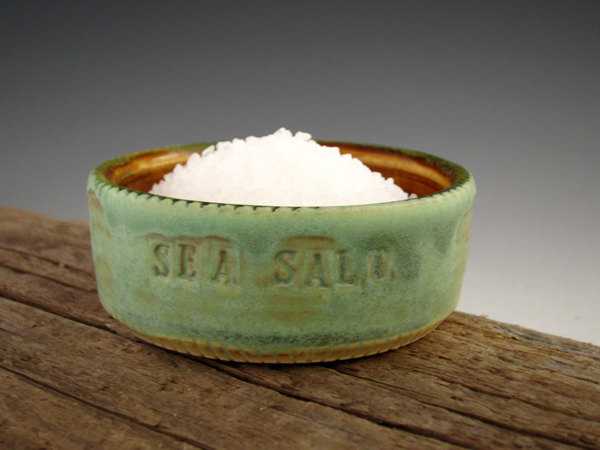FWP:
SETS == PARALLELISM
FOOD: {6,4}
JIGAR: {2,1}
Here's a wry, amused reflection on the lover's state: even though he laments and complains, he revels in suffering. Or rather, it's almost because he laments and complains that his enjoyment of suffering is complete. Suffering maintains his intense private emotional world and saves him from the mere commonplace ;Gam-e rozgaar that is the only alternative to the ;Gam-e ((ishq of {20,7}. Other verses that play with this central ghazal paradox of pain as pleasure: {191,3}; {202,2}; {233,5} // {287x,7}* (an explicit statement).
The primary charm of the verse is of course its wordplay about eating and food. The first line initially has a semi-serious ring because paarah-e dil can simply refer to the heart's wounded, broken state, while khaanaa , 'to eat,' is also the proper verb to use for receiving a wound-- and the 'wound of longing' is a sufficiently abstract concept to sound like a ghazal truism. Under mushairah performance conditions, we're made to wait a while for the second line. And even when we hear it, la;z;zat too is a wide-ranging noun (see the definition above). Not until the last possible moment, when we hear namak-daa;N , do we truly understand that we're dealing not with lofty abstractions but with actual bits of food that sound almost like hors d'oeuvres.
The wounded liver-- and liver, unlike heart, is commonly eaten, though the word for the edible kind is kalejaa -- joyously seeks to be plunged into the salt-dish, which both aggravates its ecstatic suffering, and makes it resemble a choice morsel-- perhaps like a small kabob. In this verse the poet is surely writing tongue-in-cheek (sorry, sorry, I couldn't help it).
And what about za;xm versus resh ? Broadly speaking, they are rough synonyms, both meaning 'wound' (see the definitions above). But the former has more abstract connotations ('loss, damage') as well-- while the second has the unfortunate tendency to mean 'pus, matter' (which would tip us way over into the domain of what I call 'grotesquerie'). So are we to consider them synonymous, or subtly differentiated? Similarly, what about dil versus jigar ? The heart likes to 'eat' wounds, and the liver likes to, so to speak, 'rub salt into' them. Are we meant to perceive a difference there? As so often, it's left for us to decide.
Apparently the countless heart-wounds too enjoy a good dip
in the salt-dish, as we learn in {233,5}. For other verses that connect wounds and salt, see {77,1}.

Nazm:
In both lines the verb 'is' is omitted. (18)
== Nazm page 18